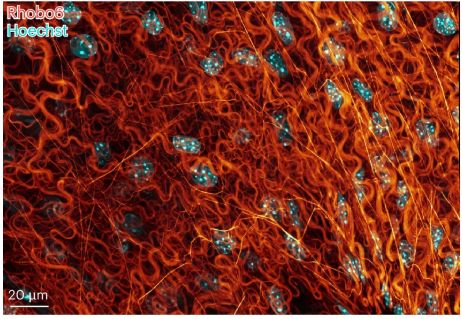https://www.seathlab.com
onlinelibrary.wiley.com/doi/10.1002/...
onlinelibrary.wiley.com/doi/10.1002/...
1/n

1/n


www.biorxiv.org/content/10.1...


www.biorxiv.org/content/10.1...

www.biorxiv.org/content/10.1...

www.biorxiv.org/content/10.1...

chemrxiv.org/engage/chemr...

chemrxiv.org/engage/chemr...
This is the beginning of a long journey for us, to study heterogeneity in GBM patient samples.
First step was to figure out some chemistry to enable us to look at this challenging problem.
pubs.acs.org/doi/10.1021/...

This is the beginning of a long journey for us, to study heterogeneity in GBM patient samples.
First step was to figure out some chemistry to enable us to look at this challenging problem.
pubs.acs.org/doi/10.1021/...
cellsurfacemap.org
cellsurfacemap.org

grc.org/bioorganic-c...

grc.org/bioorganic-c...
.
grc.org/bioorganic-c...
Shout out to my amazing co-organizer Denise Field (Pfizer). Hope to see many of you in NH in June!

